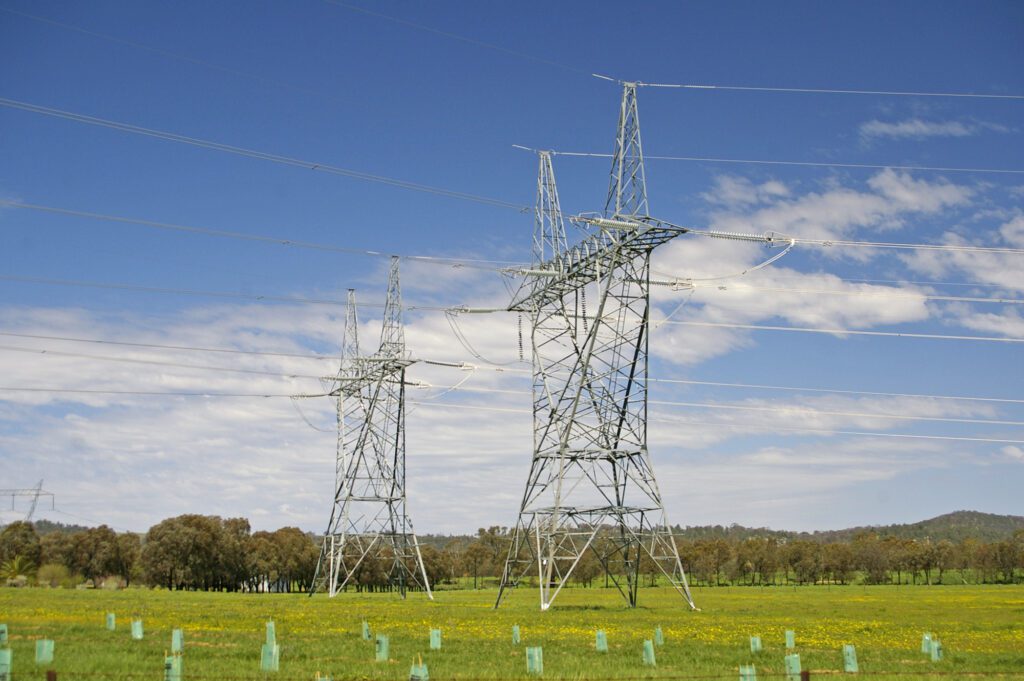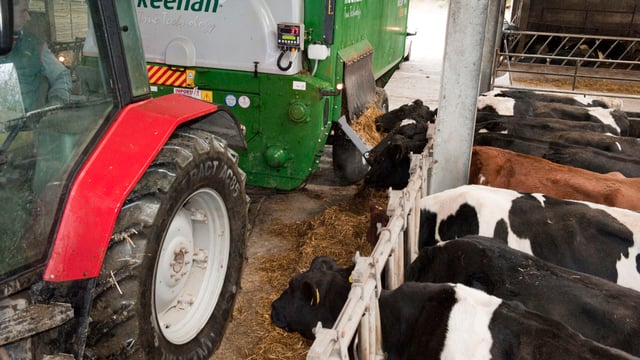EirGrid forecasts lower risk of power shortages this winter
EirGrid, which is responsible for the national electricity grid, has forecast a lower risk of power shortages this winter.
The state body's Winter Outlook for 2025/26, published today (Thursday, October 16), predicts adequate electricity generation capacity this winter and a reduced risk of system alerts in the coming months.
The annual report, which covers the period from November 3 to April 5, helps to inform the electricity industry and supports preparation for the coming months.
EirGrid
Last winter, a new peak demand record of 6,024MW was recorded on the January 8, 2025 due to cold weather.
The analysis of Ireland’s peak demand over winter indicates that a 1°C decrease in outside temperature results in a 55MW increase in peak demand.
This means electricity demand in the winter is heavily influenced by weather conditions.
For Winter Outlook 2025/26, EirGrid’s median forecast peak demand is 6,044MW.
The analysis identifies the Loss of Load Expectation (LOLE), which is the number of hours in a period (typically per year) during which the available generation will be inadequate to meet demand.
The higher this number is, the greater the risk that there will be insufficient generation available.
According to this year’s winter outlook, the LOLE in Ireland for the five months of the winter period is 1.1 hours, which is inside the 3-hour annual LOLE standard set for Ireland.
The LOLE for this winter is down from 3.6 hours last winter, 21 hours the winter before that and 51 hours the winter before.
Electricity
EirGrid explained that the generation situation in Ireland has improved for a number of reasons, including new sources of generation on the system.
A new 500MW Greenlink Interconnector with Britain has also been completed, while the Security of Supply Programme led by the Commission for Regulation of Utilities (CRU) is continuing.
Through this programme, 750MW of Retained Existing Units (REU) at Moneypoint and 649MW of Temporary Emergency Generation (TEG) is available as additional out-of-market generation to system operators in EirGrid’s Control Centre if required.
Additionally, 108MW of new gas-fired peaker plant and 45MW of new batteries, delivered through the capacity market, are now available to the system.
The system may enter the alert (amber) state at times, most likely at periods of low wind and low interconnector imports.
Power outages
EirGrid noted the LOLE measurement does not necessarily mean that electricity consumers will be without supply for any period.
There is a low probability of the system entering the emergency (red) state, due to insufficient generation being available to meet the demand.
The report notes that protocols are in place with large energy users that would mitigate any impact on homes and businesses, where sufficient notice of an event can be provided.
Diarmaid Gillespie, Director of System Operations at EirGrid, said: "The risk of insufficient generation being available to meet demand this winter is much lower than in recent years and within the standards set by our department, which is positive.
"While the situation can be more challenging during the colder winter months, the securing of new generators and battery storage units through the capacity market, and out of market measures, have been key to delivering this improved position."







